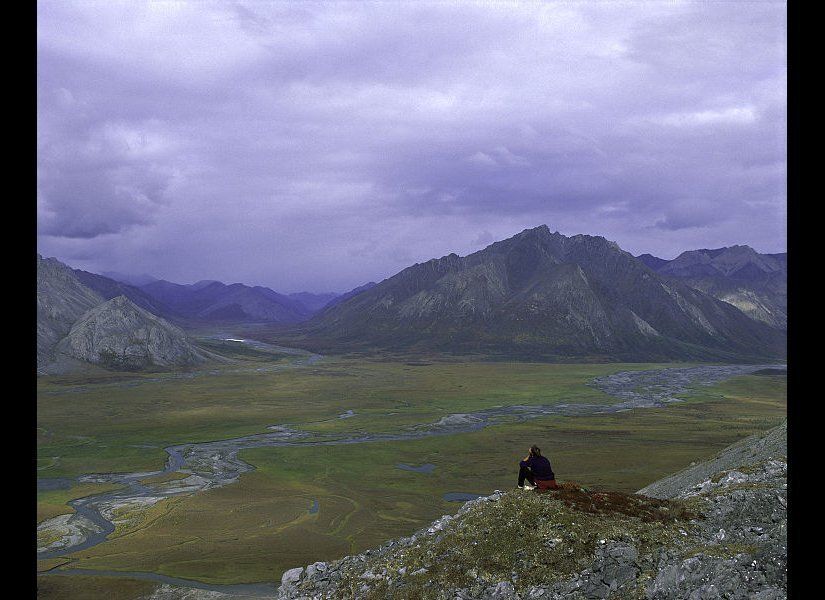Most of us are familiar with the Arctic National Wildlife Refuge (ANWR) -- a 19-million acre protected area in the northeastern corner of Alaska that is thought to harbor large reserves of oil and natural gas.
The largest wildlife refuge in the United States, ANWR is home to a vast array of natural wildlife, including caribou, polar bears, grizzly bears, muskox, wolverines, snow geese, peregrine falcons, and many others. Much of the refuge is designated as wilderness area and barred from development, but a significant slice -- the 1.5 million acre "Section 1002" area -- has been eyed for possible resource extraction.
Proponents of drilling in ANWR, including former President George W. Bush, say the extraction of the hydrocarbons would create jobs and diminish America's reliance on imported petroleum; opponents, including President Obama, say the purported benefits of drilling are outweighed by the threat to wildlife and fragile ecosystems.
Although one or another house of Congress has passed legislation allowing for drilling in the Section 1002 area in recent years, no such measure has yet made its way into law. But many Republicans favor drilling in ANWR, and a Republican takeover of the White House and Congress could lead to such action.
But ANWR is only one pristine wilderness that is at risk of invasion and defacement due to large-scale resource extraction. Many other such sites around the world -- spared such assault until now -- are on the verge of being assaulted by energy or mineral companies.
This is not a chance phenomenon, but the product of powerful economic and geological forces. For the past 65 years, global economic growth has been made possible by the discovery and development of mines, oil fields, and other resource reserves in hundreds of key locations around the globe.
But many of these reserves, such as the oil fields of Mexico, the North Sea, and the continental United States, have been systematically depleted and can no longer satisfy the world's insatiable appetite for vital materials. This means that any hope of sustaining global consumption of basic raw materials at current (or even higher) levels will require the development of new reserves in whatever areas of the planet have not yet been fully exploited. And, by definition, this means remote and inhospitable areas like the Arctic, as well as a few especially isolated countries like Mongolia, that have largely escaped full-scale development.
There are many good reasons for speeding the development of renewable sources of energy, not the least of which is the threat posed by accelerating climate change. But a look at these threatened habitats might provide another good reason to hasten the introduction of alternatives.
Michael Klare is the author of The Race for What's Left: The Global Scramble for the World's Last Resources [Metropolitan Books, $27.00].
